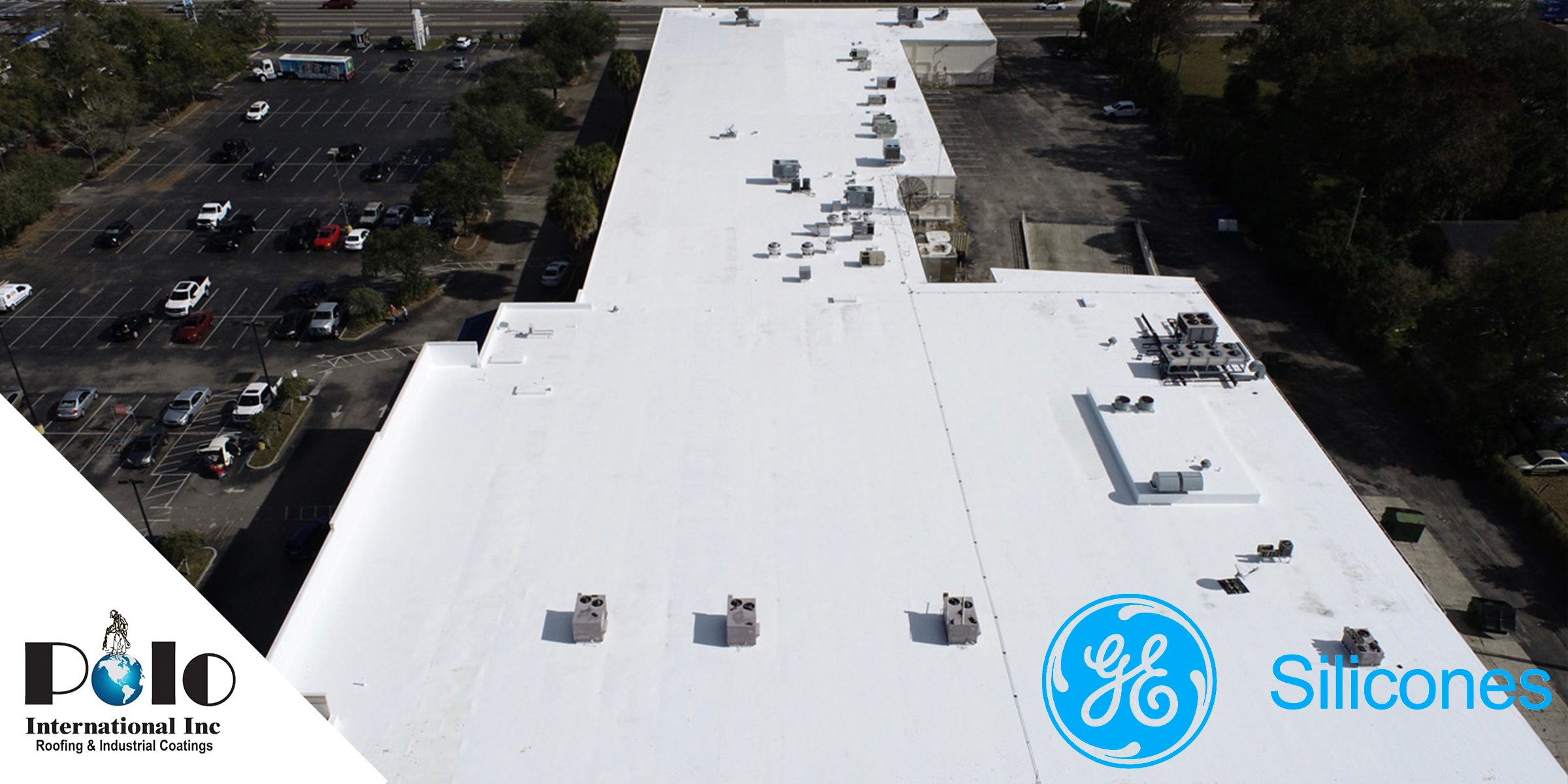
How Does Silicone Roofing Work? Modern synthetic sealants have a wide range of uses for both industrial and commercial construction. Used correctly they provide a valuable moisture seal. However, there are situations where too much reliance is given to the performance of silicone sealant. Traditional methods of providing a weather-tight seal included large laps and soldering. Due to the change in modern roofing materials, some of these methods have been replaced with roofing sealant or caulk. Sealants were never designed to replace good detailing and should be used sparingly. The ideal use for a roofing sealant is hidden between two lapping materials to prevent water ingress through capillary action.
There are a huge variety of building and roofing sealants available. Each one is designed for a specific application and should be used accordingly.
For a roofing sealant to fulfill its purpose, it is important it bonds adequately with the substrate. The correct sealant must be used to ensure full adhesion. For instance, some sealants are not compatible and will not bond to Bitumen products. The most commonly used silicone for roofing situations is RTV or room temperature vulcanizing silicone. This type of sealant reacts with the moisture in the air to cure.
Tools required
Get yourself a good quality sealant gun. Cheaper models not only break faster they also leave a mess all over the roof. The sealant gun should have a positive release button and provide a steady application. Inferior caulk guns will not turn off when you want them to, resulting in wasted clean up time. Good sealant guns now come with a hole near the handle which provides a cutting tool for the nozzle. The nozzle should be cut at a 45-degree angle.
Silicone sealant application
As it no doubt says on the instructions, the surface area must be clean. This is the most important and most neglected part of getting a good watertight seal with silicone or caulk. Even new roofing materials carry chemical residue used in the manufacturing process. Use the surgical spirit on a cloth to really ensure the surface is clean and ready to accept the sealant.
Mask off
Mask off the area around the joint. This will provide a neat finish and make the job look professional. The masking tape should be removed immediately after the sealant has been applied.
Size of the silicone bead
The size of the silicone bead employed will be proportionate to the amount of movement expected. A big joint where large movement is expected will require a roofing sealant bead twice as wide as it is deep. This will ensure adhesion while the joint is under pressure from thermal and mechanical movement. Do not rely on massive sealant joints to fill large gaps in the roofing. Use appropriate flashings or backing material. Where possible, 3 sided adhesion should be avoided. Laps should be sealed with two continuous lines, each end of the lap.
Apply the bead in one smooth continuous action. Go from top to bottom if it is a vertical joint. This will displace any moisture in the joint. Once the silicone is in place it will need firm pressure to ensure adhesion. Lap joints may simply be squeezed together and mechanically fixed. Exposed silicone will need to be smoothed into place with a finishing tool or wet fingers. One part washing up liquid, to ten of water, will stop the silicone from sticking to hands and allow the silicone to be smoothed to a neat finish. Curing times vary, but most joints will be watertight after four hours. Where possible the joint should be protected from ultraviolet rays. Prolonged exposure to sunlight will cause the silicone to shrink or crack.
As stated, silicone joints should not be used to replace good roofing practices. Always use backing material to minimize the size of the silicone joint.
How Does Silicone Roofing Work
Find us on:
Facebook | LinkedIn | YouTube
How to find Ft Lauderdale roofing Companies




